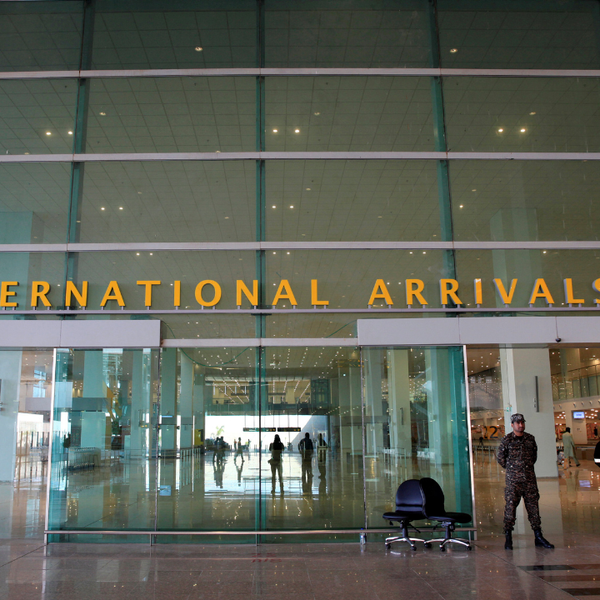Explainer: What's going on between the Pakistan govt and the IPPs?
The government wants to pressure IPPs to terminate contracts but sector experts warn unilateral termination will not lead to significant savings
Business Desk
The Business Desk tracks economic trends, market movements, and business developments, offering analysis of both local and global financial news.
Pakistanis have been fed up of skyrocketing electricity bills for quite some time. There has been massive public outrage as the government has removed subsidies and hiked rates in recent months.
One way the government has tried to deal with it is to set up a task force to implement structural reforms in the power sector, including renegotiating contracts or shutting down certain low-efficiency plants set up by Independent Power Producers (IPPs).
While news of the talks between the government and the IPPs have been kept tightly under wraps, it was well-known that the IPPs were unwilling to voluntarily terminate their contracts. So, when news emerged that five IPPs were being shut down, it was a 'non-surprise'.
What is going on?
The IPPs likely to be closed include Hubco (1,200 megawatts), AES Lalpir (362 MW), Atlas Power (224 MW), Saba Power (136 MW), and Rousch (450 MW).
However, the decision to shut them down will be finalized in an upcoming meeting of the federal cabinet, chaired by Prime Minister Shehbaz Sharif.
All the plants whose names have emerged mainly operate on furnace oil, which is the costliest source of electricity generation. Given the government's move away from expensive generation sources, the contribution of these plants to the grid lately has been almost none.
That has been the rationale behind the government's efforts to terminate their contracts — the plants contribute zero electricity to the grid but still receive payments. This is because the original agreements signed with these plants make it mandatory for the government to pay them for the entire installed capacity and not just the electricity generated and bought. These are called capacity charges and are at the crux of the tug-of-war between the government and the IPPs.
However, it is important to note that the payments received by these IPPs are in accordance with their legal and implementation agreements.
According to multiple news reports, as part of the negotiations, the government has offered to pay the IPPs their pending receivables without interest while terminating the agreements. The estimated amount owed to the IPPs is around PKR 80-100 billion, according to the reports.
Once the original agreements are terminated, the IPPs would switch to a take-and-pay model compared to the take-or-pay model previously. This means that instead of paying for the entire installed capacity, the government would only be liable to pay for the electricity that it bought from the IPPs.
Moreover, these IPPs would be able to sell the electricity to private buyers once a private market is established in the next two years or more under the competitive trading bilateral contract market (CTBCM) mechanism.
However, the government is yet to offer any clarity about how the agreements will be revised and the IPPs have not offered their versions either. News reports suggest that the IPPs are unhappy with how the government is going about it and it may affect future investment in Pakistan's power sector.
Why is the govt doing this?
To bring the electricity tariff down and quell rising public anger. The government believes the termination of these agreements will lead to savings of PKR 300 billion ($1.1 billion) over the course of next six to seven years. However, this translates to savings of merely 60-70 paisas per unit on an average base tariff of PKR 35 per unit.
In the overall scheme of things, the government aims to reduce the tariff by round PKR 7 per unit. However, this can only happen when the federal government is able to reprofile debt and get a moratorium on debt payments on IPPs established under the 2015 policy for five to 10 years.
This is because of the average base tariff of PKR 35 per unit, PKR 18 per unit is the debt, which makes it crucial to reprofile foreign currency debt since the government agreed to pay some of the producers in US dollars.
The government has been making efforts to reprofile foreign loans, reduce the return of equity of public sector power projects, and renegotiate with plants set up under the 2016 policy to reduce the tariff.
What will the impact be?
So, what will all of this yield?
Sector experts have stated that unilateral termination of agreement will not lead to substantial savings on electricity tariffs.
On average, savings will be around 55-65 paisas per unit, which is very minor in the overall scheme of things.
Therefore, some middle ground should be established to reduce tariff or the consequences can be negative going forward.








Comments
See what people are discussing